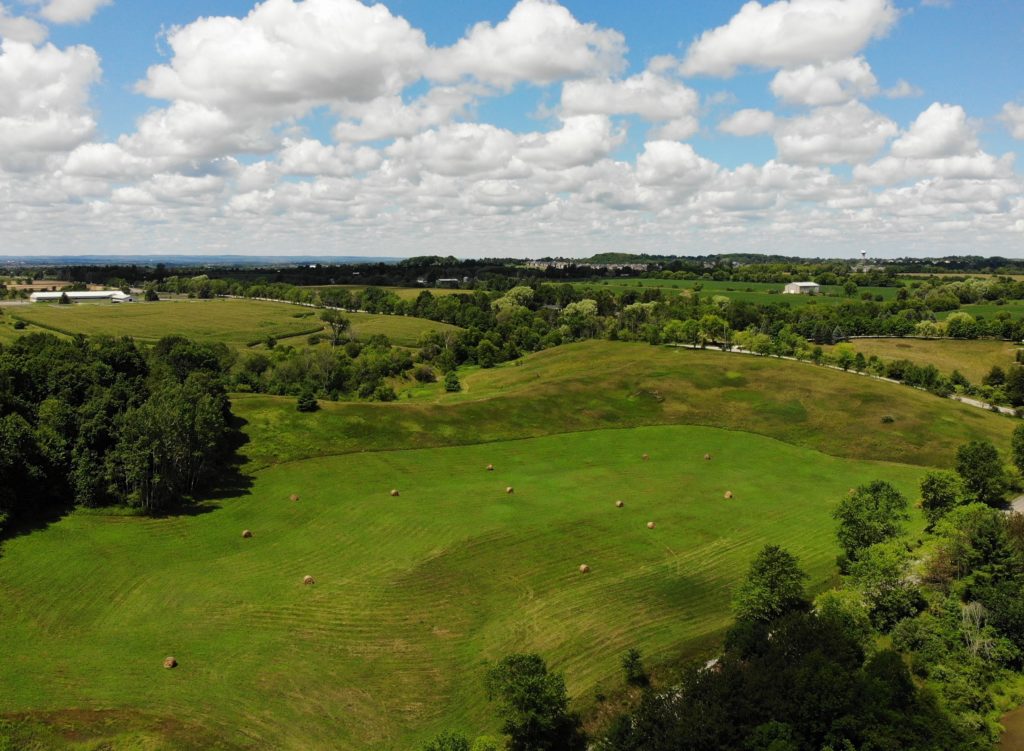Statement from Phil Pothen, Land Use and Land Development program manager
Toronto | Traditional territories of the Mississaugas of the Credit, the Anishinaabeg, the Haudenosaunee, and the Wendat – Yesterday, Mayor Olivia Chow and Toronto City Council approved a large-scale Official Plan amendment and rezoning of major streets within the city’s residential neighborhoods that will permit apartment buildings of up to six storeys and sixty units on more than 30,000 lots that have –until now– been restricted to low-rise housing. This decision is an important victory both in the fight to save forests, farms and wetlands, and in the fight to end Ontario’s housing shortage.
Every day of labour and every bit of construction capacity that gets directed to compact family homes in Toronto neighbourhoods as a result of these reforms will house far more people than they would if wasted on farmland sprawl in the 905. Every young family that is able to live on one of Toronto’s residential streets, rather than a new subdivision, will mean a swathe of habitat or farmland saved and tonnes of greenhouse gas emissions avoided.
Through these reforms, Toronto City Council is beginning to embrace the specific building types and some of the infill development sites where all governments in the Golden Horseshoe and Ottawa will need to direct housing construction in order to build more homes faster. By making this change all at once, through “as-of-right” zoning, devised through a unified, city-wide process, Mayor Chow and Planning and Housing Chair Gord Perks are also setting the standard for the scale and speed with which all of the region’s governments should be approving the densification of low-density residential neighbourhoods.
Toronto’s policy should still be improved upon. Six-storey, wood-frame apartment buildings should be legalized in other parts of neighbourhoods, like around public parks, and there will need to be some adjustment of built form restrictions if Toronto’s major neigbourhood streets are to deliver the proportion of family-sized homes the city needs from them.
However, the real obstacle to Toronto and other cities, suburbs and towns delivering the vast number of new homes needed is the provincial government. At the very moment when Mayor Chow and Toronto City Council are showing leadership by legalizing the most efficient and low-cost kinds of housing, Premier Ford and Minister Paul Calandra are trying their best to deprive Toronto builders of precisely the kinds of construction capacity they need to actually build it. Bill 185, the planned Highway 413 and the repeal of the Growth Plan for the Greater Golden Horseshoe would divert scarce wood-frame construction labour, equipment and materials into wasteful McMansion sprawl schemes by eliminating anti-sprawl controls and pouring tens of billions of dollars into subsidies for inefficient sprawl.
ABOUT ENVIRONMENTAL DEFENCE (environmentaldefence.ca): Environmental Defence is a leading Canadian environmental advocacy organization that works with government, industry, and individuals to defend clean water, a safe climate, and healthy communities.
– 30 –
For more information or to request an interview, please contact:
Carolyn Townend, Environmental Defence, media@environmentaldefence.ca







